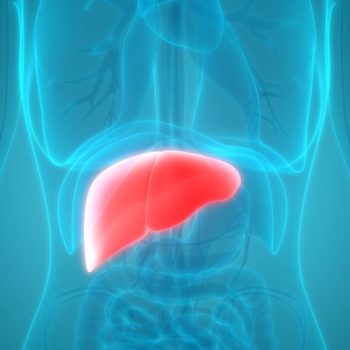Esophageal cancer is getting less and less scary. Thanks to the new therapies available and the reduction of risk factors, this disease can now benefit from new therapeutic options that can significantly improve life expectancy and chances of recovery. Major progress has been made, particularly in the area of malignant tumors and medical and surgical approaches, which are constantly being renewed in order to improve the chances of recovery and reduce possible unsuccessful outcomes. We talked about how the approach to treating esophageal cancer has changed with Professor Carlo Castoro of General Gastric Esophage Surgery in Humanitas.
Esophageal pathologies, how does the risk factors changed over time?
In recent decades, the risk factors of diseases that develop in the esophagus have changed a lot: among the causes are several elements, including the environment, lifestyle, eating habits. “In the 1980s, the most frequent cancer of the esophagus was squamous cancer, in the upper tract, compared to adenocarcinoma, which is located in the lower tract and in the cardias (the junction between the esophagus and the stomach) – explained the professor -. Over time the incidence, i.e. the number of new cases, of esophageal cancer has increased and in particular the number of cases of adenocarcinoma has risen. The reason for these changes – clarified Castoro – has not yet been perfectly interpreted, but we think of a number of possible environmental elements related to food, smoking, alcohol, the type of therapies used to inhibit acid secretion of the stomach, the increase in cases of Barrett’s esophagus, the aging of the population.
Survival prospects increased by 50%.
“Once the prognosis of esophagus cancer was unfortunate – continued the specialist -: today there has been a marked improvement in the results of remote surgical treatment, combined with chemotherapy and radiotherapy. Not everyone heals, but long-term survival, 10 years after surgery, has more than doubled. This improvement is due to several factors: the improved quality of the surgery (minimally invasive surgery, both thoracoscopic and laparoscopic, robotic surgery), the growth of the oncological culture of the surgeon, the association of treatments (surgery with chemotherapy and radiotherapy), with a multidisciplinary evaluation of the therapeutic strategy”.
The importance of teamwork
What makes the difference in these results, as Professor Castoro pointed out, are the cases followed by the centers of reference for these diseases, the only ones that allow an interdisciplinary approach and group in therapeutic treatment. Among the main diseases that the surgeon approaches in multidisciplinary mode, in conjunction with other specialists, there are in addition to malignant and benign tumors, also the so-called Barrett’s esophagus, achalasia and motility disorders of the esophagus, the gastroesophageal reflux with iatal hernia and diverticuluses of the esophagus.
“They are centers that follow a large number of patients and in which the quality of care is not only linked to the skill of the surgeon, but also to the surgical, anaesthesiological and medical culture in taking charge of the patient globally. What we are learning is to individualize the treatment: we follow the guidelines and clinical studies, but each patient is different, it is essential to adapt our knowledge to the individual case,” concluded Professor Castoro.








